-

trans-Methyl 4-(pyridin-3-yl)pyrrolidine-3-carboxylate CAS:1212071-38-9
trans-Methyl 4-(pyridin-3-yl)pyrrolidine-3-carboxylate is a chemical compound with diverse applications in organic synthesis and pharmaceutical research. With the molecular formula C14H16N2O2, this compound features a pyrrolidine core substituted with a pyridin-3-yl group, making it valuable for various synthetic transformations and medicinal chemistry endeavors. Its unique structural properties offer opportunities for creating novel molecules and exploring potential biological activities, positioning it as a versatile building block in drug discovery and development.
-
![Tert-Butyl 4-(6-Bromo-[1,2,4]Triazolo[1,5-A]Pyridin-2-Yl)Piperidine-1-Carboxylate CAS:1422344-42-0](https://cdn.globalso.com/xindaobiotech/UCCK842CK_06KC8L44.png)
Tert-Butyl 4-(6-Bromo-[1,2,4]Triazolo[1,5-A]Pyridin-2-Yl)Piperidine-1-Carboxylate CAS:1422344-42-0
Tert-Butyl 4-(6-bromo-[1,2,4]triazolo[1,5-a]pyridin-2-yl)piperidine-1-carboxylate is a significant chemical compound utilized in organic synthesis and pharmaceutical research. With its unique structure containing a triazolopyridine moiety, it serves as a versatile building block for the development of biologically active molecules and pharmaceutical intermediates. Produced to high purity standards, it offers reliability and consistency in various synthetic processes.
-
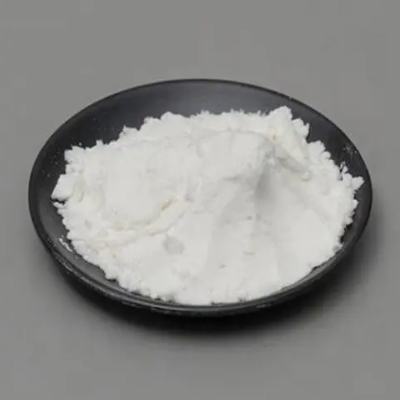
Boc-Lys(Fmoc)-OH CAS:84624-27-1
Boc-Lys(Fmoc)-OH is a vital reagent used in peptide synthesis and solid-phase peptide chemistry. This compound serves as a derivative of the amino acid lysine, featuring high purity and stability for efficient modification of peptides and proteins. Boc-Lys(Fmoc)-OH plays a crucial role as a protected form of lysine, enabling controlled incorporation of lysine residues into the peptide chain to facilitate diverse bioconjugation and peptide synthesis strategies. It is an essential tool for researchers and chemists engaged in drug development, proteomics, and bioconjugation chemistry.
-
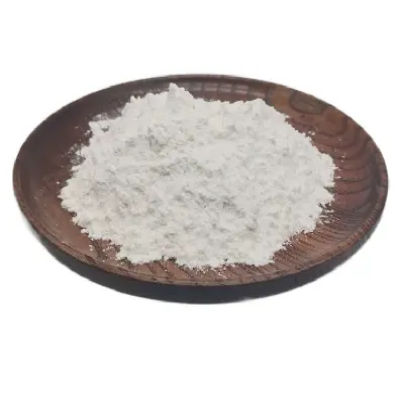
tert-butyl N-(pyrimidin-2-ylmethyl)carbamate CAS:1260843-26-2
Tert-butyl N-(pyrimidin-2-ylmethyl)carbamate is a vital chemical compound with diverse applications in organic synthesis and pharmaceutical research. This compound, also known as Boc-protected 2-pyrimidylmethylamine, possesses valuable reactivity and structural properties that make it essential for the preparation of various organic molecules and pharmaceutical intermediates.
-

tert-butyl 2-amino-2-(4-bromophenyl)ethylcarbamate CAS:939760-50-6
Tert-butyl 2-amino-2-(4-bromophenyl)ethylcarbamate is a chemical compound widely used in organic synthesis and medicinal chemistry. This compound, also known as Boc-protected 4-bromophenethylamine, possesses significant reactivity and structural properties that make it valuable for the preparation of diverse organic molecules and pharmaceutical intermediates.
-
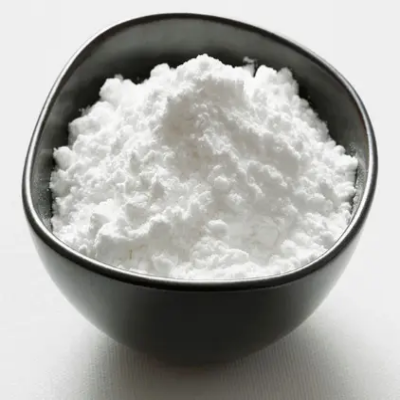
trans-2-Methylcyclopentanol CAS: 25144-04-1
Trans-2-Methylcyclopentanol, a significant chemical compound, is widely utilized in organic synthesis and industrial applications. This compound, possessing valuable reactivity and structural properties, serves as a crucial building block for the preparation of diverse organic molecules and specialized chemicals.
-
![tert-Butyl N-[2-(4-bromophenyl)-2-oxoethyl]carbamateCAS:339185-70-5](https://cdn.globalso.com/xindaobiotech/1ZNB2ZF342ZWRNG80.png)
tert-Butyl N-[2-(4-bromophenyl)-2-oxoethyl]carbamateCAS:339185-70-5
tert-Butyl N-[2-(4-bromophenyl)-2-oxoethyl]carbamate is a chemical compound featuring a tert-butyl carbamate group linked to a 2-(4-bromophenyl)-2-oxoethyl moiety. This versatile compound exhibits unique reactivity and structural characteristics, making it valuable for various applications in organic synthesis, pharmaceutical research, and material science.
-
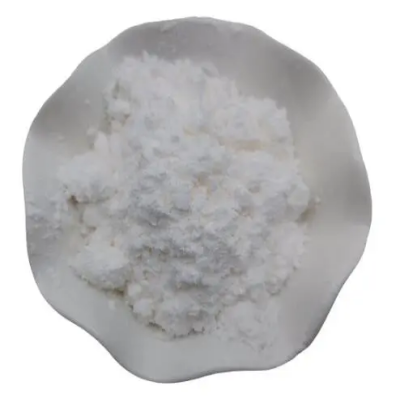
tert-butyl 2-isopropyl-4-oxopiperidine-1-carboxylate CAS:313950-41-3
Tert-butyl 2-isopropyl-4-oxopiperidine-1-carboxylate is a chemical compound widely employed in organic synthesis and pharmaceutical research. With its unique molecular structure, this compound serves as a valuable building block for the synthesis of complex molecules and pharmaceutical intermediates. Its functional groups and reactivity make it a crucial component in the creation of diverse compounds with potential applications in drug development and medicinal chemistry.
-
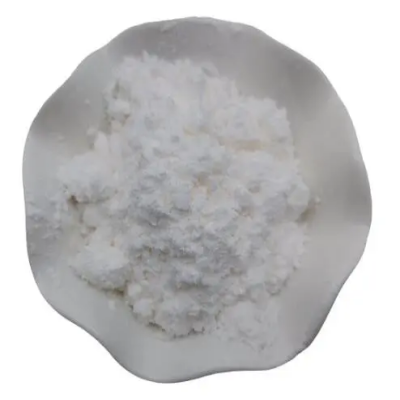
tert-Butyl 4-aminohexahydro-1H-isoindole-2(3H)-carboxylate CAS:1027333-18-1
tert-Butyl 4-aminohexahydro-1H-isoindole-2(3H)-carboxylate is a chemical compound featuring a tert-butyl ester group linked to a 4-aminohexahydro-1H-isoindole core. This versatile compound exhibits unique reactivity and structural characteristics, making it valuable for various applications in organic synthesis, pharmaceutical research, and material science.
-
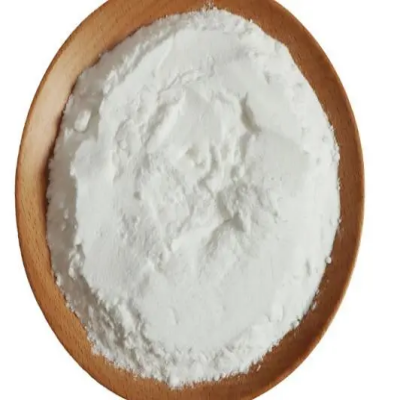
tert-butyl N-(pyrimidin-2-ylmethyl)carbamate CAS:1260843-26-2
Tert-butyl N-(pyrimidin-2-ylmethyl)carbamate is a vital chemical compound with diverse applications in organic synthesis and pharmaceutical research. This compound, also known as Boc-protected 2-pyrimidylmethylamine, possesses valuable reactivity and structural properties that make it essential for the preparation of various organic molecules and pharmaceutical intermediates.
-
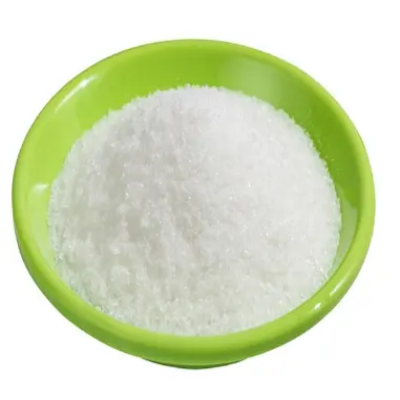
tert-butyl 5-nitro-2-oxoindoline-1-carboxylate CAS:1799838-87-1
Tert-butyl 5-nitro-2-oxoindoline-1-carboxylate is a chemical compound renowned for its diverse applications in organic synthesis and pharmaceutical research. This compound, also known as tert-butyl 5-nitroisatin-3-carboxylate, possesses unique reactivity and structural properties that make it valuable for the preparation of various organic molecules and pharmaceutical intermediates.
-
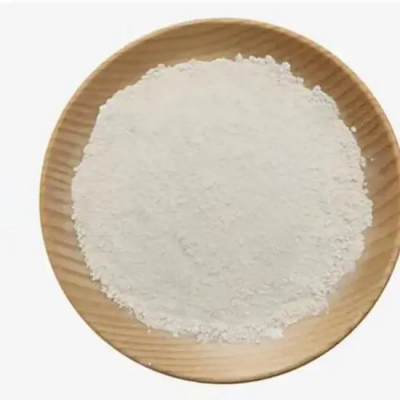
tert-butyl 3-amino-2-oxoazepane-1-carboxylate CAS:1956306-89-0
Tert-butyl 3-amino-2-oxoazepane-1-carboxylate is a notable chemical compound widely used in organic synthesis and pharmaceutical research. This compound, also known as Boc-protected 3-amino-2-oxoazepane-1-carboxylate, possesses valuable reactivity and structural properties crucial for the preparation of various organic molecules and pharmaceutical intermediates.

